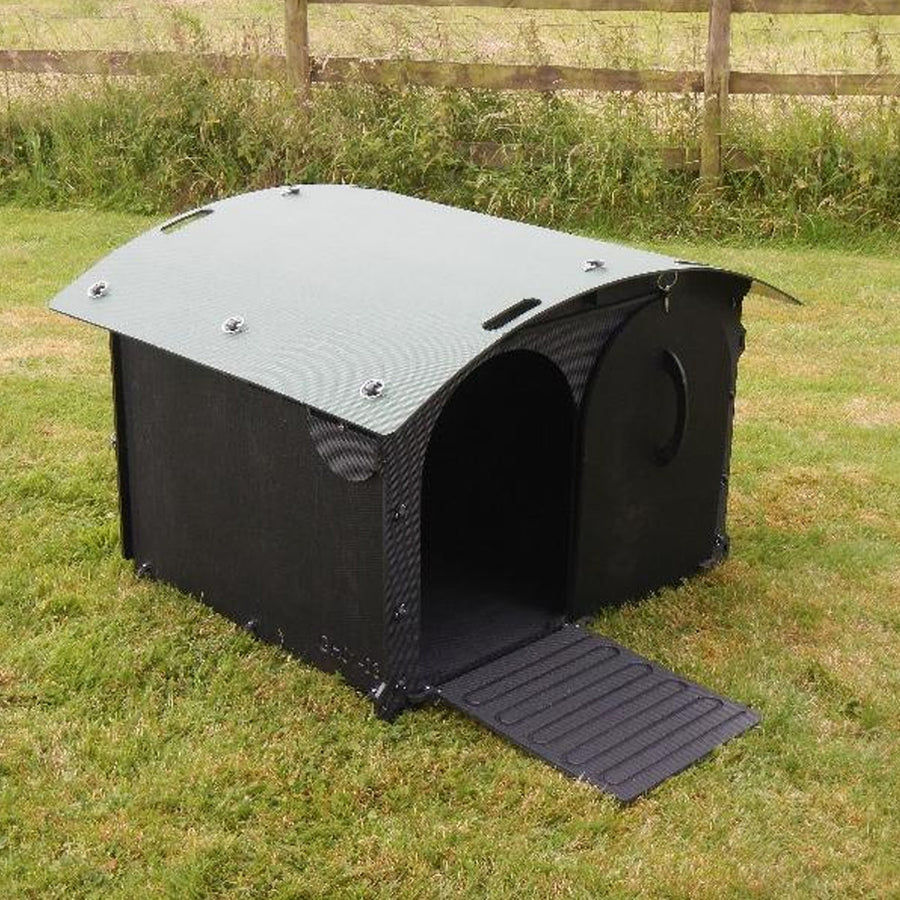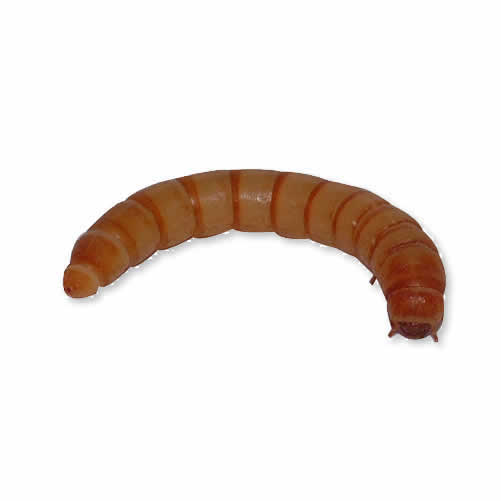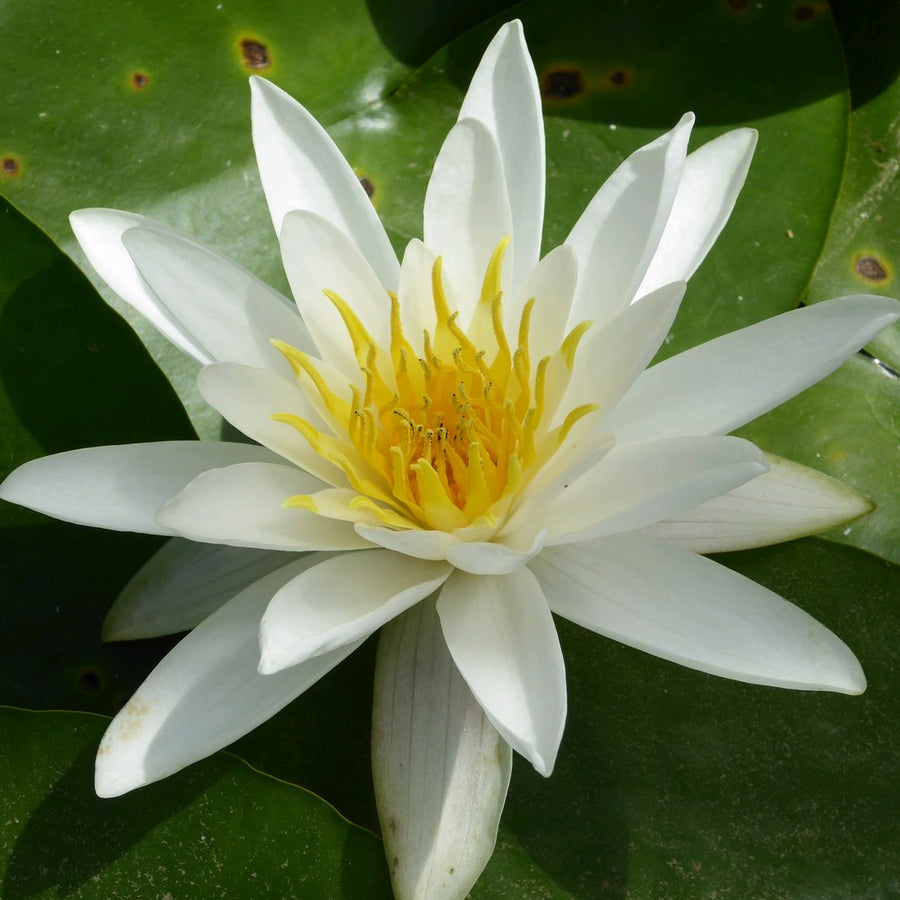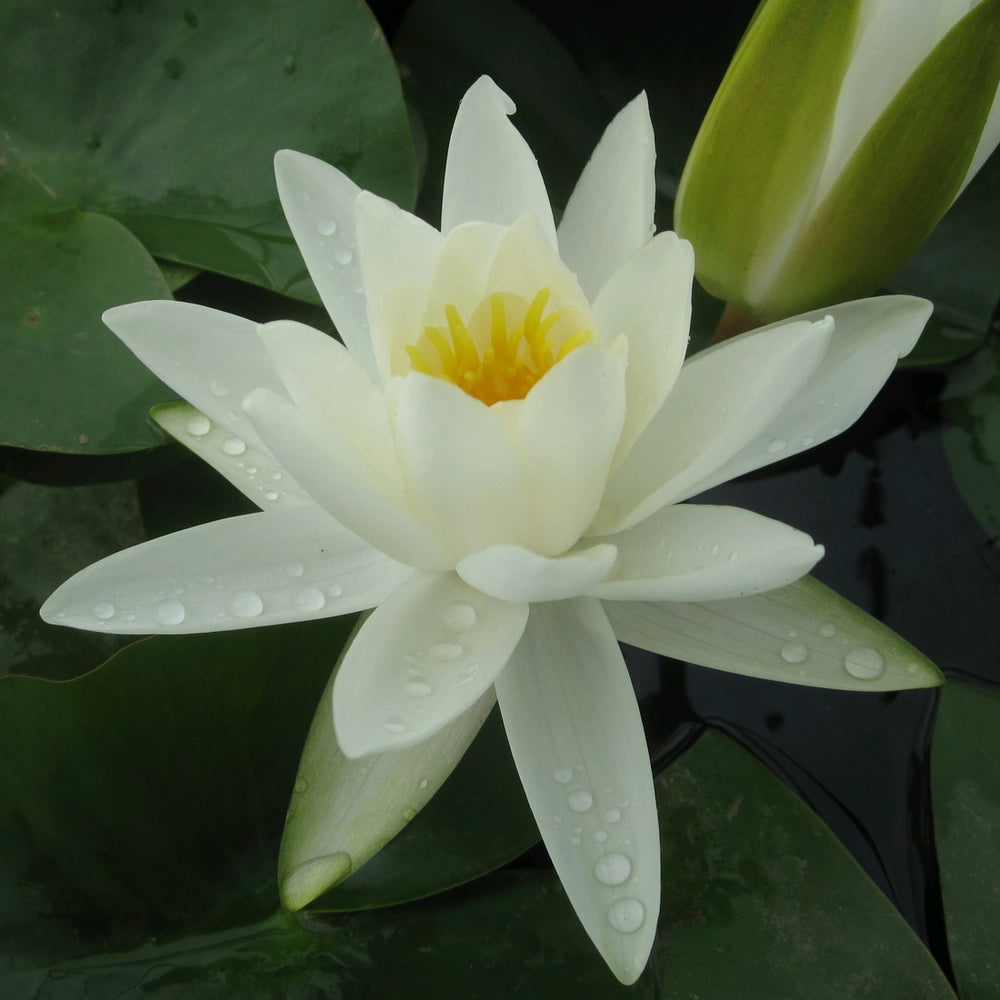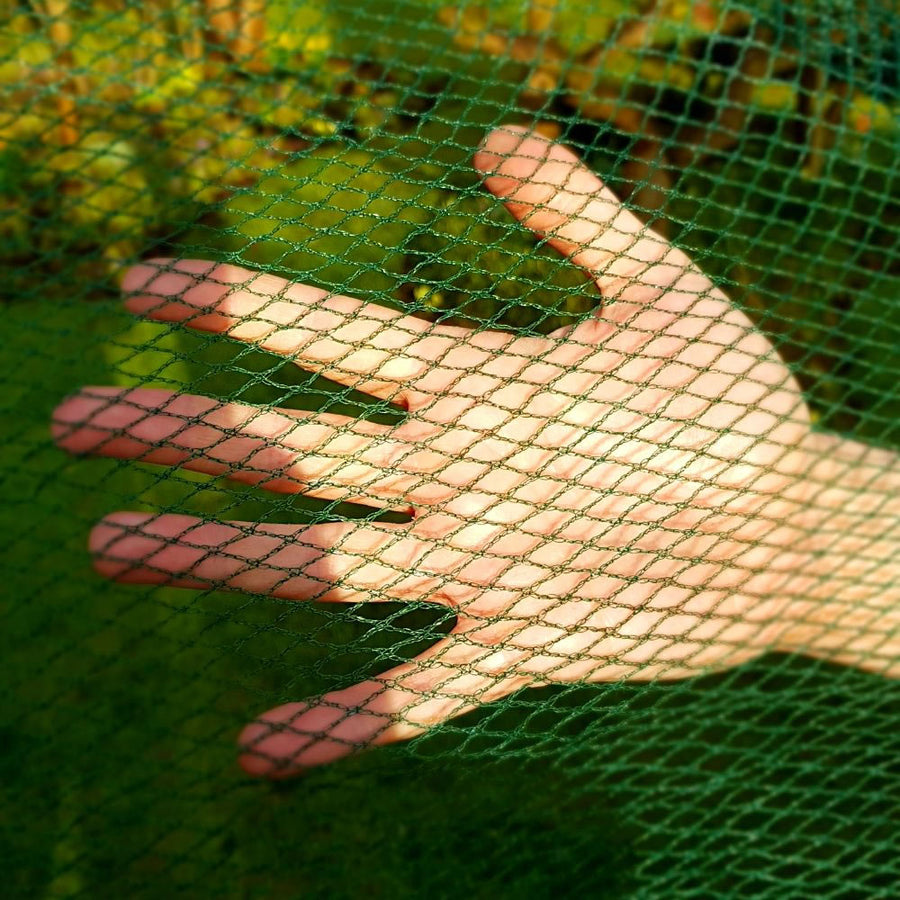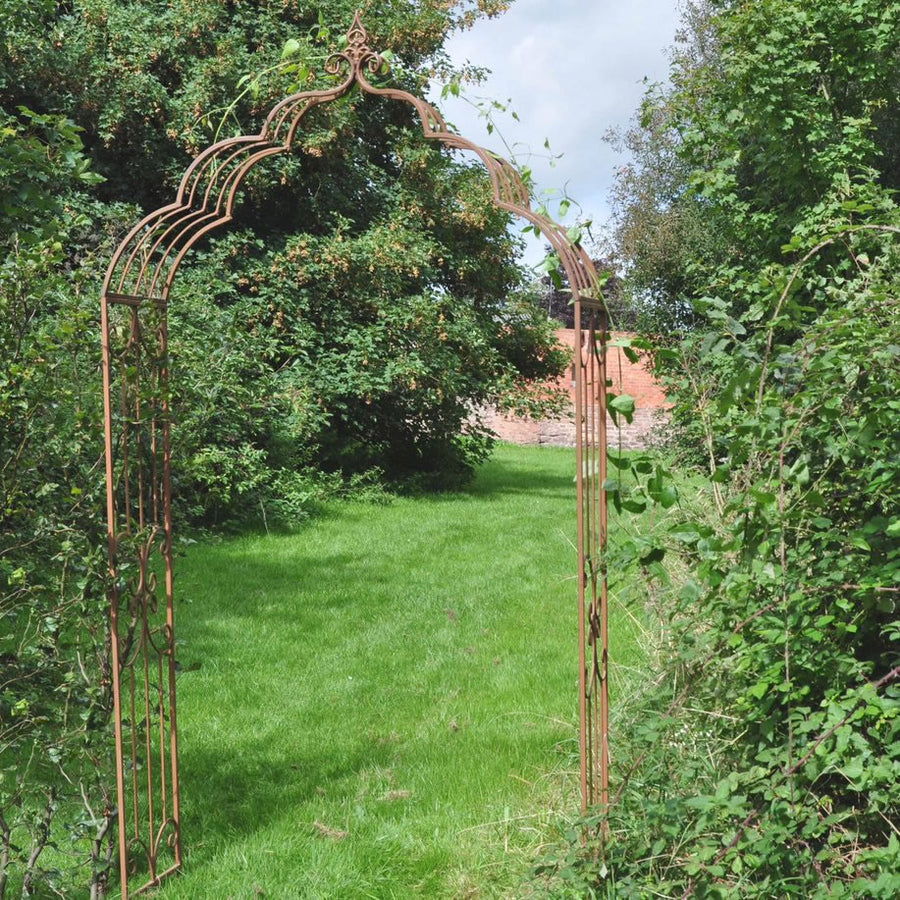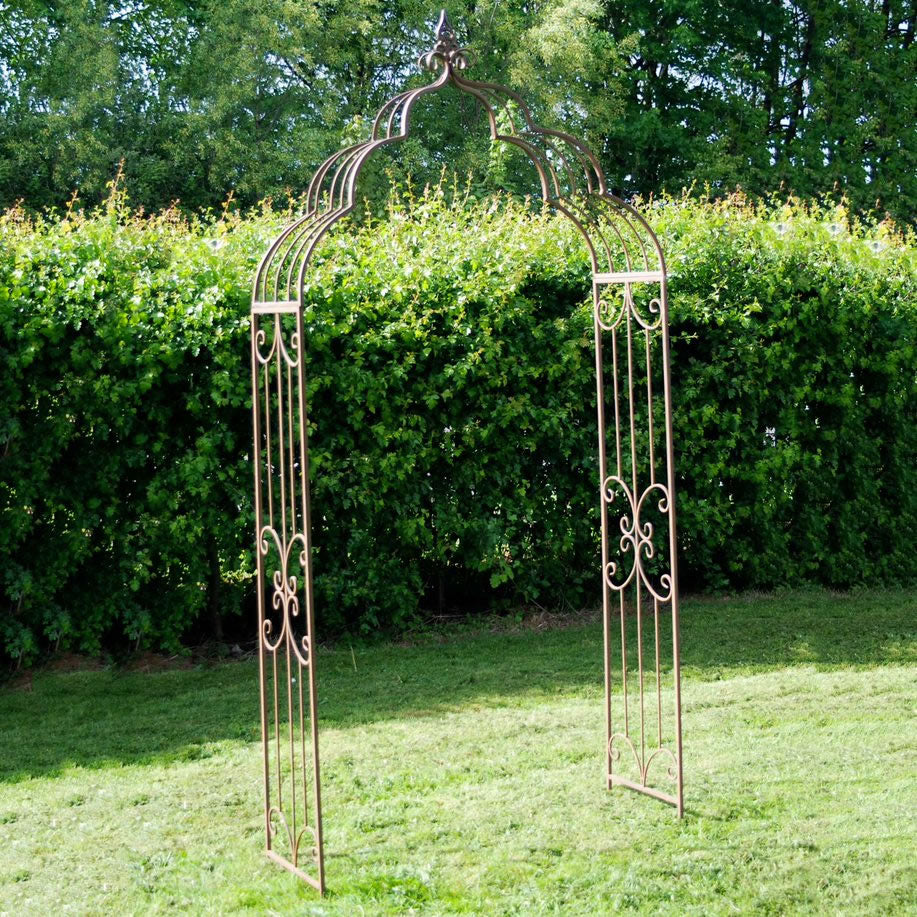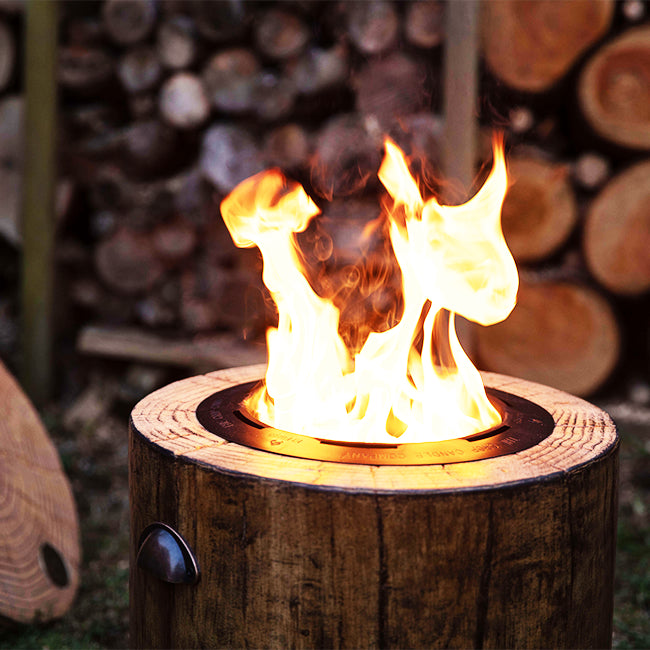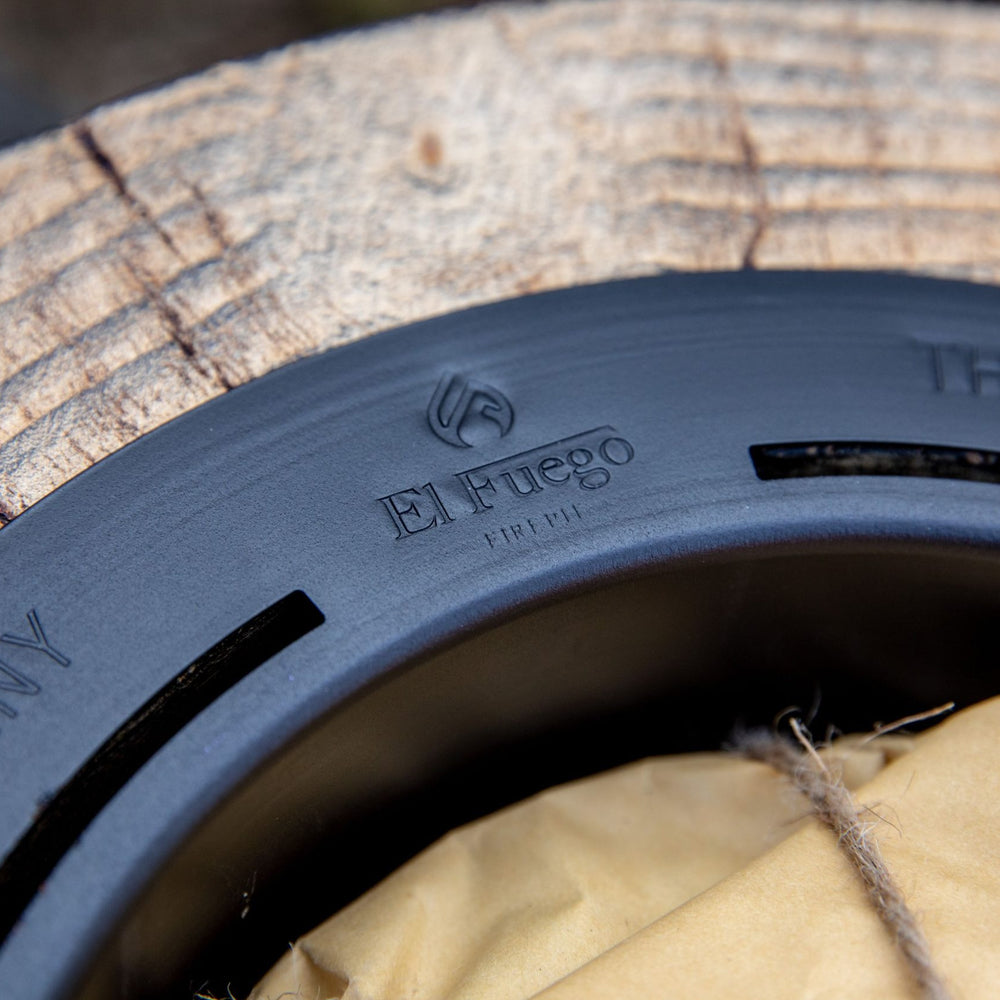Using Pond Plants to Attract Garden Wildlife
Pond plants provide an essential resource for attracting wildlife to our gardens. A pond can be as small as a bucket or as large as a lake but no matter what size the pond is, it will do a great job of encouraging wildlife of all types to use your garden. There are also a lot of native pond plants available for garden ponds that are great for British wildlife. Generally speaking, pond plants can be split into 6 categories;
- Marginal plants
- Oxygenating plants
- Water lilies
- Deep-water marginal plants
- Floating plants
- Bog plants
Marginal Plants
Marginal plants give the pond both height and colour and grow around the edges. They remove nitrates which help reduce algae and keep the water clear and are beneficial to wildlife. They look most attractive when planted in groups of 3 or 5 and can be secured using gravel. Dragonflies will lay their eggs on the upright plant stems of marginal plants below the water such as Pickerel Weed (Pontederia cordata). Bees, butterflies and hoverflies will be particularly attracted to flowering marginal plants such as Flowering Rush (Butomus umbellatus), Purple Loosestrife (Lythrum salicaria) and Marsh Cinquefoil (Potentilla palustris).
Popular UK Native Marginal Pond Plants
- Yellow Flag Iris (Iris pseudacorus)
- Watercress (Rorippa nasturtium-aquaticum)
- Common Bulrush (Typha latifolia)
Oxygenating Plants
Oxygenating plants photosynthesise underwater creating oxygen which dissolves in the water. This is not only useful for animal life but also for bacteria which help keep the water clean. Bunches of oxygenators can be dropped into the water but ideally are planted in groups of 3 or more using gravel or aquatic soil in a basket up to 100cm deep. Many oxygenators grow best in streams or rivers so planting in gravel helps them acclimatise quicker. Oxygenating plants provide excellent cover underwater for aquatic insects as well as dense spawning sites for fish and amphibians. Some oxygenators, such as Water Crowfoot (Ranunculus aquatilis), will break the water's surface with flowers that are loved by bees, butterflies and hoverflies.
Popular UK Native Oxygenating Pond Plants
- Hornwort (Ceratophyllum demersum)
- Willow Moss (Fontinalis antipyretica)
- Needle Spike-rush (Eleocharis acicularis)
Water Lilies
Lilies make a beautiful addition to any pond. The elegant flowers can be seen from June to September. Ideally, 2 thirds of the pond's surface should be covered with lily leaves (or floating plants). The shade they provide lowers light levels, which in turn reduces algae growth. Lilies do not like water splashing on their leaves. They prefer still water and sunshine to help them flower and flourish. Water lily flowers are relatively large and easily accessible for pollinating insects. The stems of water lilies may also be used by damselflies and dragonflies as egg-laying sites.
UK Native Water Lily
- European white water lily (Nymphaea alba)
Deep-water Marginal Plants
Deepwater aquatic plants make an excellent alternative or addition to lilies. They are more tolerant of shade and moving water but are equally as good at providing surface cover, helping to keep the water clear. Water Hawthorn (Aponogeton distachyos) flowers at a time of year when lilies and most other plants do not. Their flowers are valuable for pollinating insects and their stems may be used as egg-laying sites by damselflies and dragonflies.
Popular UK Native Deep Water Marginal Pond Plants
- Yellow Floating Heart (Nymphoides peltata)
- Brandy bottle (Nuphar lutea)
Floating Plants
Floating plants help keep the water clear and free of algae. They shade the water to reduce light and they remove nitrates essential for algae growth. They help protect fish from predators such as herons by providing cover and the roots are a great place for fish and wildlife to lay their eggs. They spread by sending runners to form young plants. Ideally, one to two-thirds of the pond's surface should be covered with shade plants.
Popular UK Native Floating Pond Plants
- Water soldier (Stratiotes aloides)
- Frogbit (Hydrocharis morsus-ranae)
Bog Plants
Bog plants are special in that they can enjoy damp or boggy conditions. Some species require more sun than others but are generally an excellent choice for UK gardens where the climate is commonly wet. Moisture Lovers can truly enhance both pond and garden environments. Bog plants help blur the edge between a wet pond margin and the rest of the garden. Many amphibious animals such as frogs, toads and newts will often choose to 'hang out' in these moist garden zones. Gunnera manicata is one of the most impressive bog plants. Carnivorous plants may also reside in bogs, but they may eat the insects you're trying to attract!
Popular UK Native Bog Plants
- Primrose (Primula vulgaris)
- Meadowsweet (Filipendula ulmaria)
- Cowslip (Primula veris)


